Template for Writing a Petition Letter
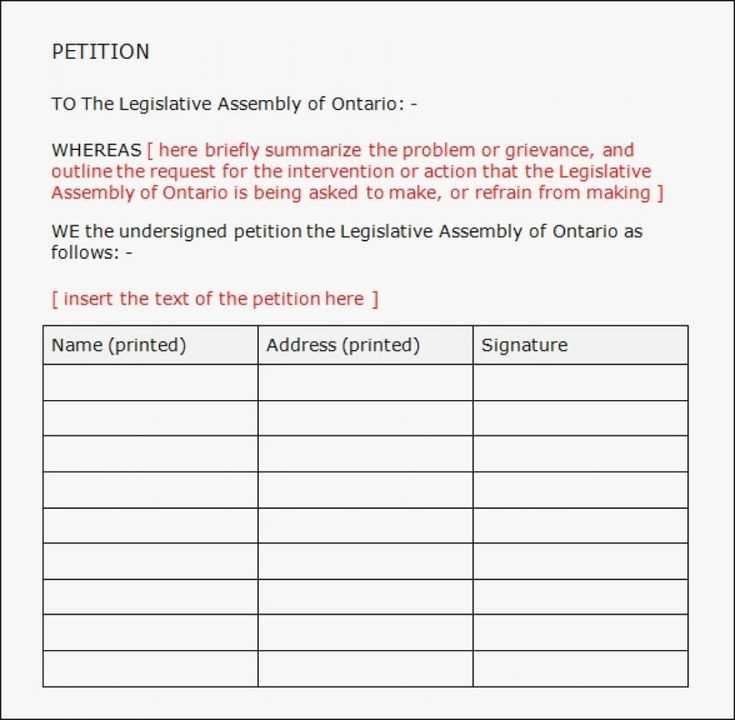
When needing to formally request action or support, the structure and wording of your document are crucial to its effectiveness. A well-crafted submission can lead to positive responses, whether it’s aimed at authorities, organizations, or individuals. This guide will walk you through the essential steps to create a clear and compelling request.
Understanding the Basics of a Formal Request
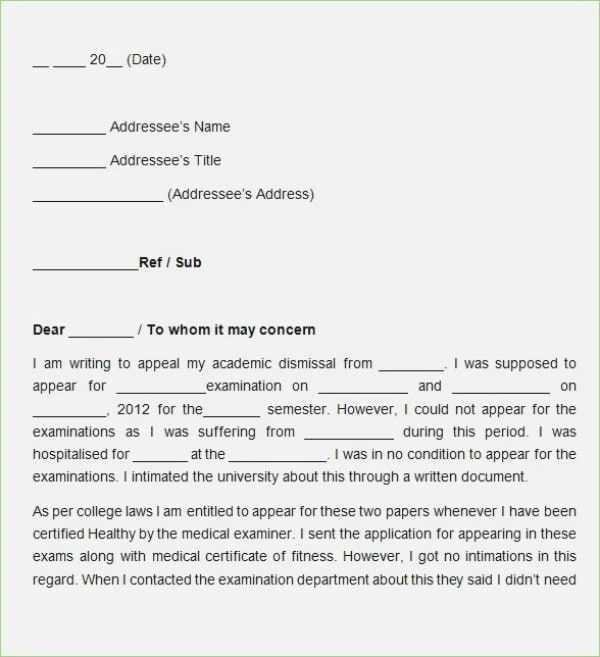
Every formal request begins with clarity. The first task is to ensure your message is direct and easy to understand. You need to introduce the subject of your request and state the reason behind it concisely. The tone should remain polite but firm, showing respect while clearly expressing the necessity of the action being asked for.
Core Components of a Strong Request
- Introduction: Briefly introduce yourself and explain the reason for your document.
- Details: Provide essential information related to your request. Be specific about what is being asked and why it matters.
- Justification: Clearly outline why your request is reasonable and beneficial, using relevant facts or supporting arguments.
- Conclusion: End with a polite closing statement, thanking the recipient for considering your request and asking for a prompt response.
Common Mistakes to Avoid
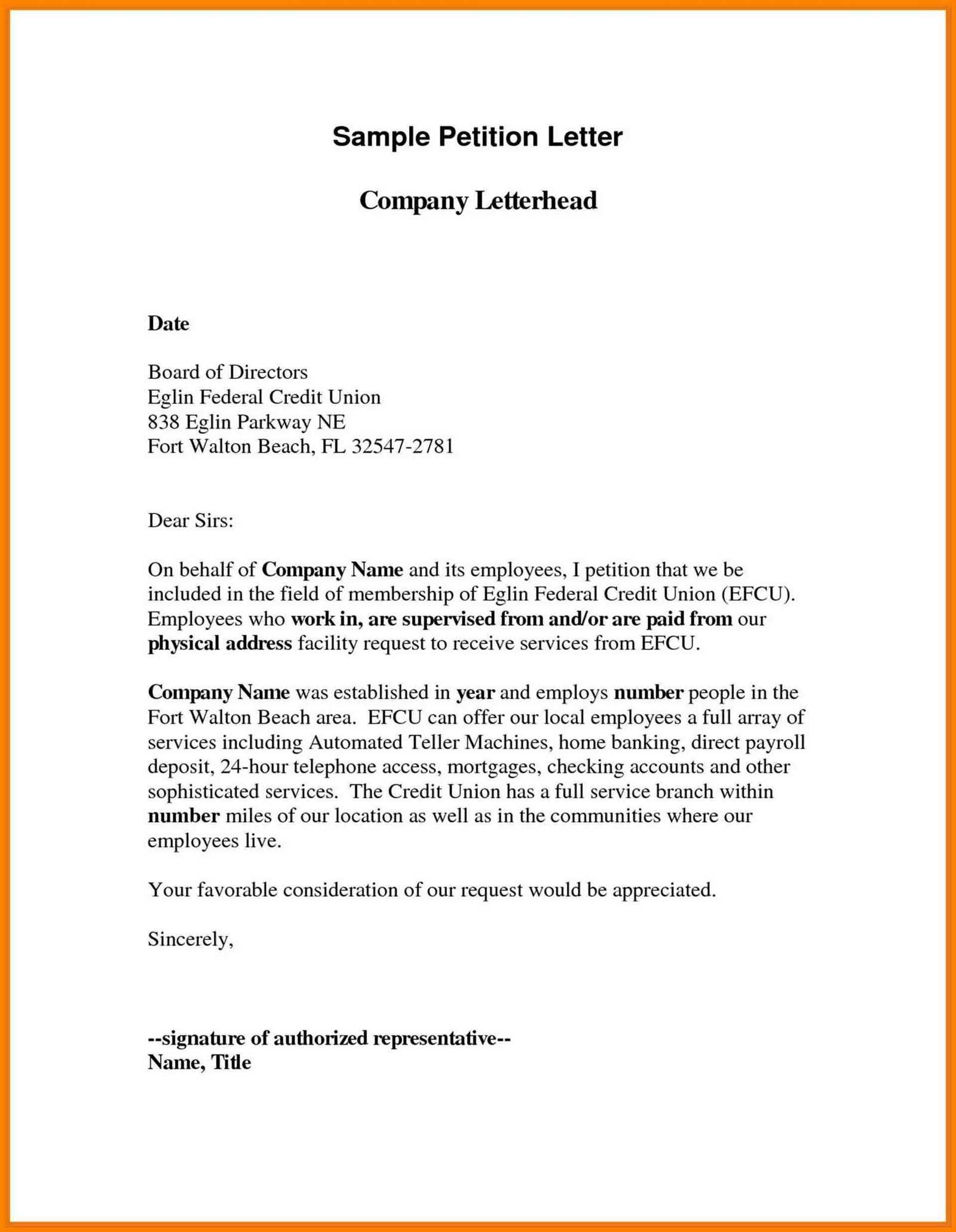
Even a small oversight in phrasing or format can undermine your message. Here are some common errors to steer clear of:
- Vague Language: Avoid ambiguous terms that may confuse the reader. Be as specific as possible about what is required.
- Too Lengthy: Keep your document concise. Focus on key details and avoid unnecessary information.
- Overly Demanding Tone: It’s important to remain courteous and respectful, even when making a strong request.
Finishing and Sending Your Request
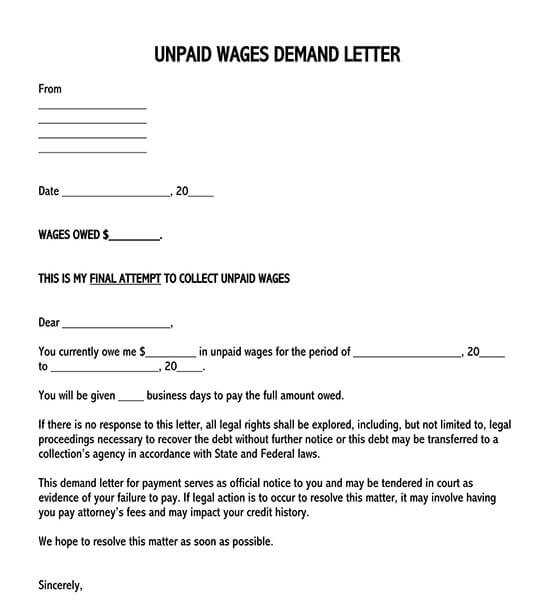
Once your document is complete, review it carefully for errors in grammar, punctuation, and spelling. A well-presented request improves your chances of a positive response. When sending your document, choose the most appropriate medium, whether it’s through email, physical mail, or another method suitable for the recipient.
Creating a Formal Request Document
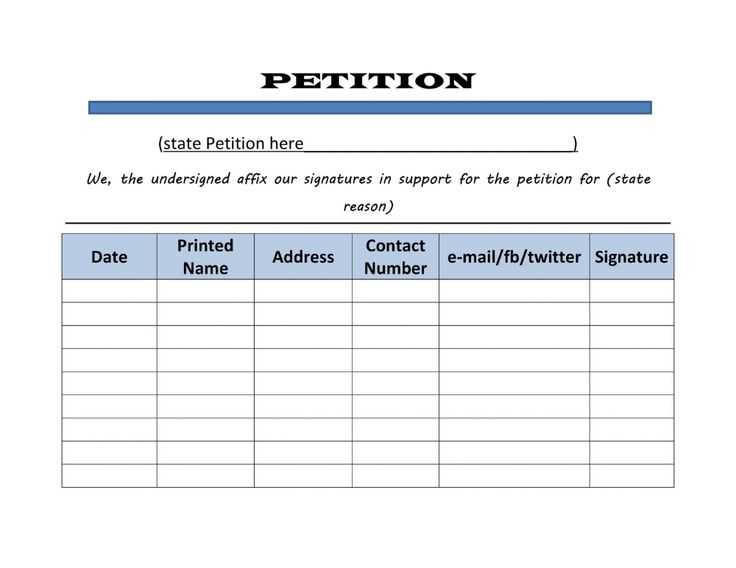
Crafting a well-structured document to request action or support is essential for achieving a positive outcome. Whether you are addressing a government body, an organization, or an individual, the effectiveness of your message depends on how clearly and persuasively it is presented. Below are key steps to follow to ensure your request is clear, compelling, and professional.
Understanding the Structure of a Formal Request
The framework of your document plays a significant role in how the recipient perceives it. Start by introducing yourself and stating the purpose of your request. Follow this with detailed information that outlines the specifics of your ask. It’s essential that your communication is straightforward and easy to understand while also remaining polite and respectful.
Key Components to Include
- Opening Statement: Introduce yourself and briefly state the reason for the request.
- Contextual Information: Provide any necessary background or details relevant to the situation.
- Justification: Explain why your request is valid and what impact it could have.
- Conclusion: End with a courteous closing and a clear call to action.
How to Begin Writing a Formal Request
Start with a clear opening that states the purpose of your document. This helps set the tone for the rest of the message. Use a formal, respectful tone throughout the request, ensuring that each point is communicated logically and in a way that the reader can follow easily. Keep the document focused on the central issue and avoid unnecessary digressions.
Common Mistakes to Avoid
- Lack of Clarity: Avoid vague language that could leave the reader confused about the intent of the document.
- Excessive Length: Keep the message concise and to the point. Long-winded requests may lose the reader’s attention.
- Unprofessional Tone: Even when making a strong request, maintain a courteous and respectful tone throughout.
Tips for Effective Request Writing
To improve the chances of your request being accepted, ensure that you use precise language, stay focused on your objectives, and provide any supporting evidence that strengthens your case. Keep your tone formal and polite, and be clear about the action you wish the recipient to take.
Finalizing and Sending Your Request
Before sending, review the document for any grammatical or spelling errors. A well-polished request will make a much better impression. Choose the most appropriate method to send your document, whether via email, postal service, or another suitable means, depending on the formality and urgency of the request.